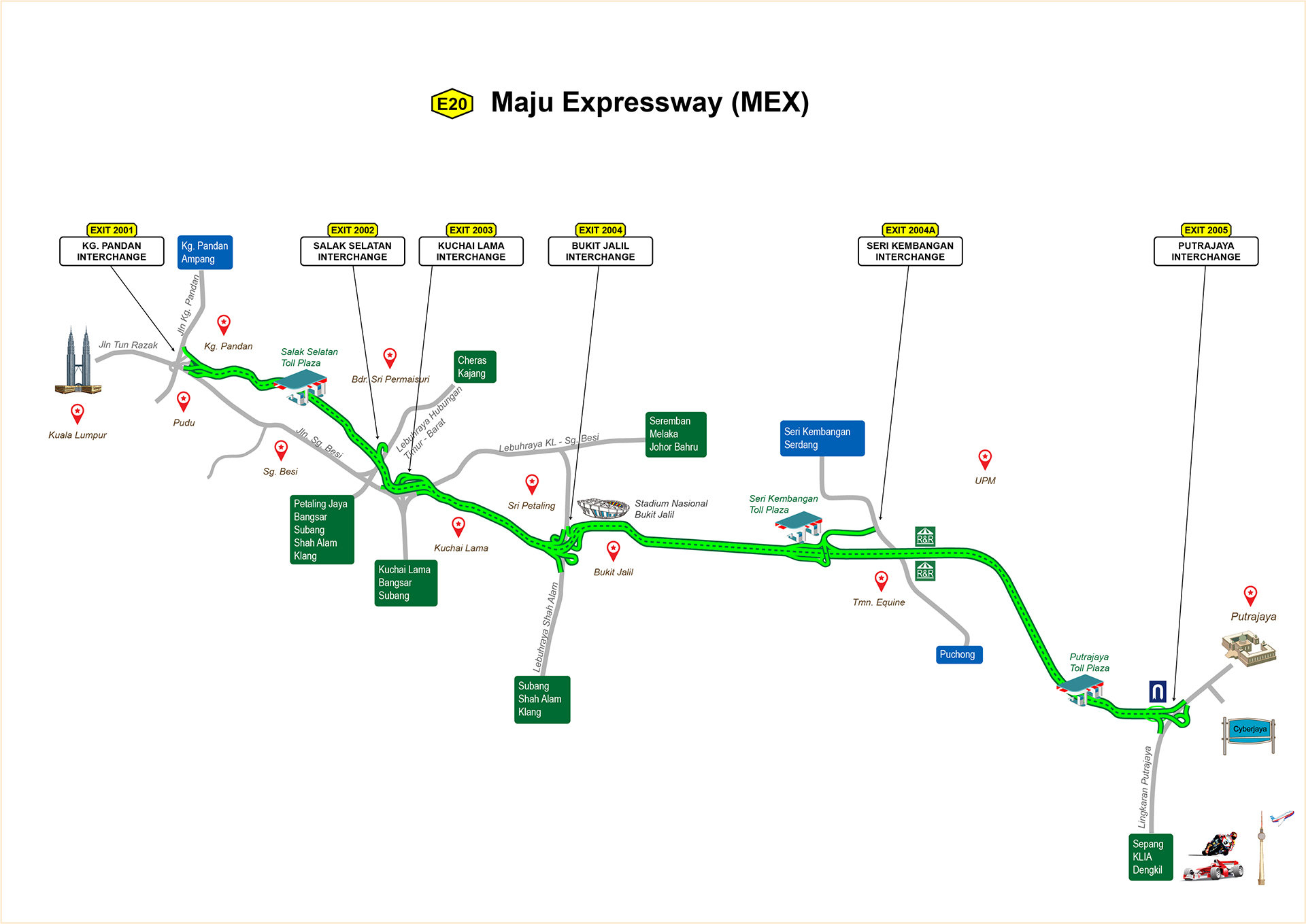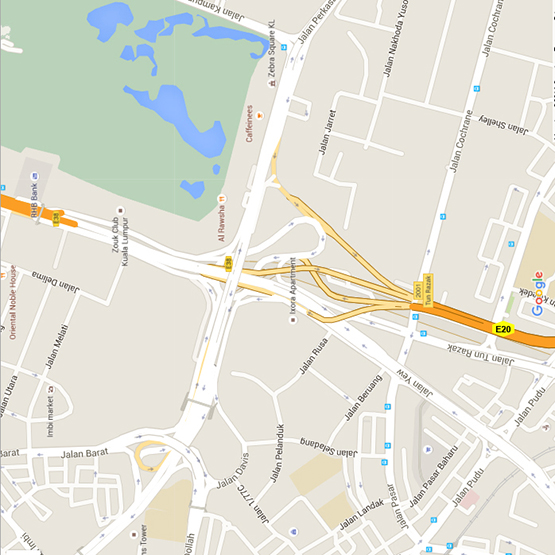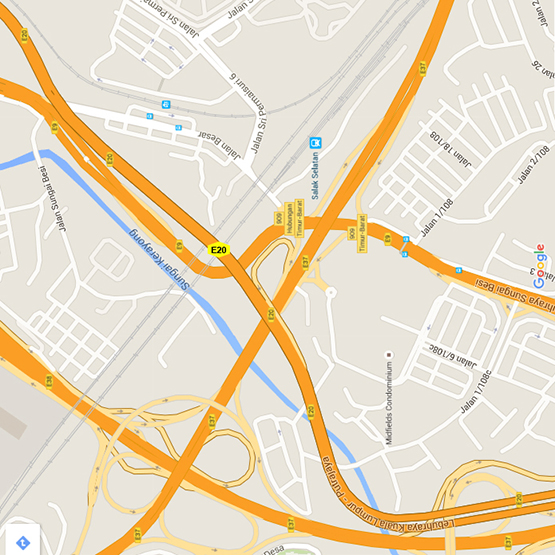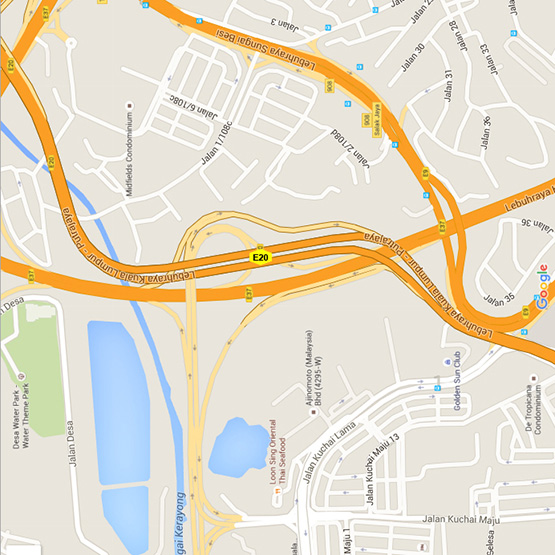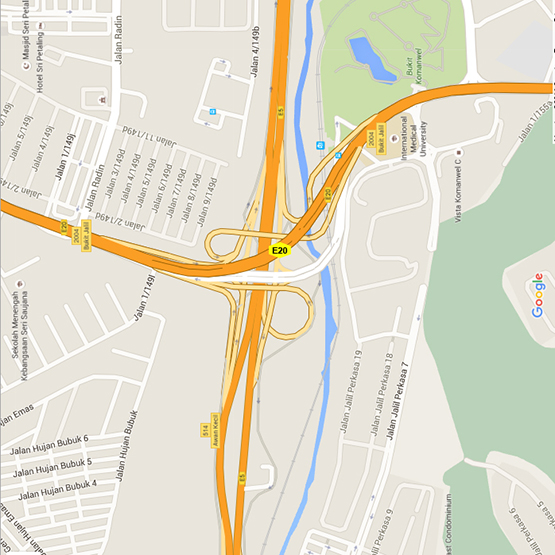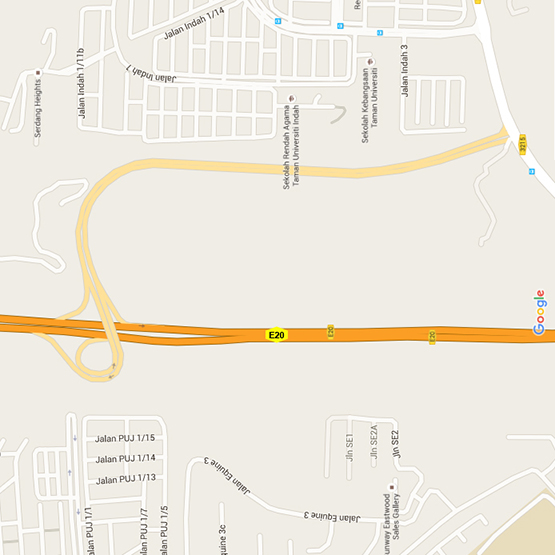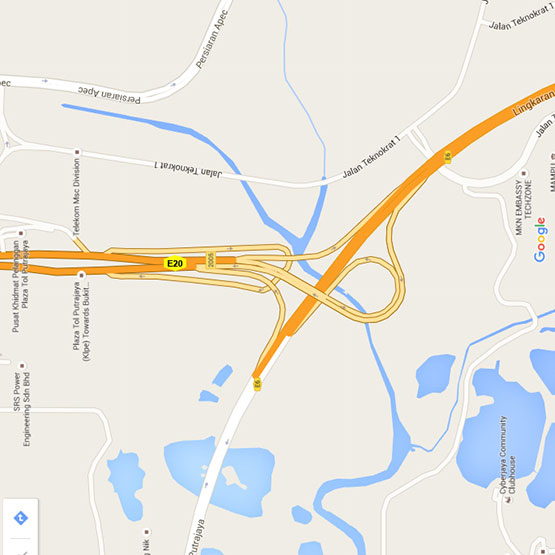Safety and Maintenance
MEX features a variety of facilities and essential services to ensure users enjoy security, comfort, assistance and convenience when using the Expressway. Among the safety features along the alignment are Closed-Circuit Television (CCTV), Emergency Telephone System, and Vehicle Detection System (loop base).
- Closed-Circuit Television (CCTV)
The CCTV system on MEX plays an important part in traffic and road management. Controlled by the Traffic Control Surveillance Centre (TCSC), the CCTV system is equipped with Pan, Tilt and Zoom capabilities to monitor traffic flow and allow TCSC to have a real-time, wider field of view on the expressway.
Most of traffic input received by the TCSC depends on the CCTV images – displayed on video terminals and large screen video projector. CCTV images are a crucial tool for traffic surveillance, working in tandem with other traffic control measures and are the determining factor in deploying MEX Ronda, Provost and MEX Medic on-site. Controllers at TCSC rely on these images to detect and monitor congestion, foreign objects on road, traffic incidents, and assess the running lanes affected by these obstructions.
MEX is committed to leveraging technology to create a safer and more efficient expressway for its users.
- Emergency Telephone System
A total of 26 emergency telephones have been installed along MEX at 13 locations at approximately 2-kilometre intervals. At each location, two emergency telephones are provided, one on each side of the expressway. The emergency telephone comprises:
- Roadside emergency telephone
- Power supply
- Emergency telephone network with VOIP on the fibre optic IP network
- Call centre software for call control, conversation recording, event logging, configuration management and system diagnostics.
- Vehicle Detection System (LOOP BASE)
The Vehicle Detection System (VDS) functions as a data collection channel that accumulates and stores traffic data from detectors installed on the MEX mainline. VDS then send the collected data to TCSC for data analysis. The data transmitted by the VDS includes details of traffic volume, vehicle types, and speed variations, among other critical parameters.
This real-time and accurate information empowers the TCSC to have a comprehensive understanding of the current traffic pattern and implement effective traffic management strategies.
The collaboration between the VDS and TCSC thus plays a pivotal role in optimizing traffic flow, enhancing safety, and ensuring the overall efficiency of MEX Expressway.

CCTVs
As required by the CA, all interchanges, all Rest & Service Areas (RSAs) and all Toll Plazas are adequately covered by CCTV monitoring. All of the CCTVs have PTZ (Pan, Tilt & Zoom) capability, with 3600 vision.
The CCTV inputs are linked to our TCSC (Traffic Control Surveillance Centre) and to the hand phones of Senior Managers. On our own initiative, we have installed additional CCTVs to ensure better all-round monitoring and security for our assets and highway users.
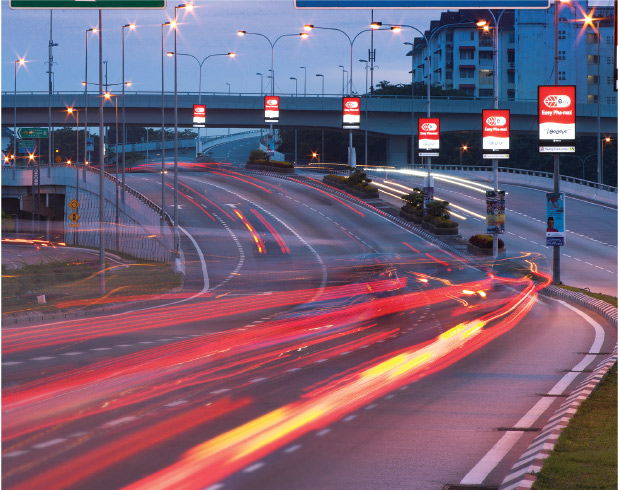
Reflectors
Although MEX has delineator strips in the form of rectangular reflectors at all guardrails throughout, MEX has implemented additional high-quality reflectors at a uniform specified height at every upright guardrail post. These are of greater surface area, being about 8 cm x 10 cm, and serve to augment night-time vision considerably.
Together, these 2 sets of reflectors serve to aid the motorist in dark and inclement conditions. Even without highway lighting, these reflectors would be able to guide motorists safely
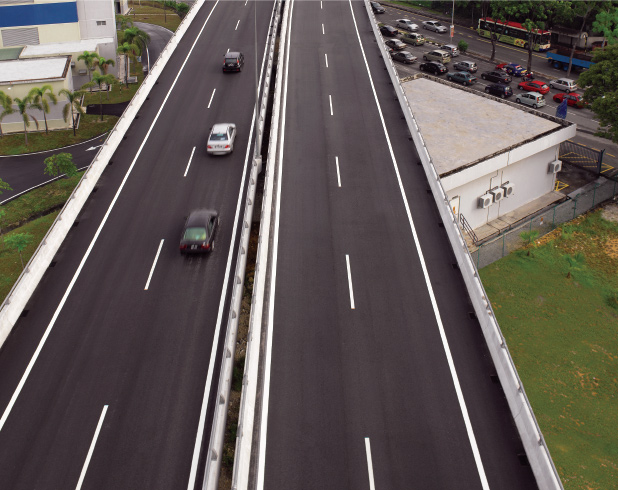
Resurfacing
Although MEX is obliged to re-surface according to Pavement Condition Analysis (PCA) findings, which cover specific areas of repair only, MEX has undertaken the re-surfacing of long stretches, eventually covering virtually the whole of the highway. This will further add to motoring comfort and safety.


